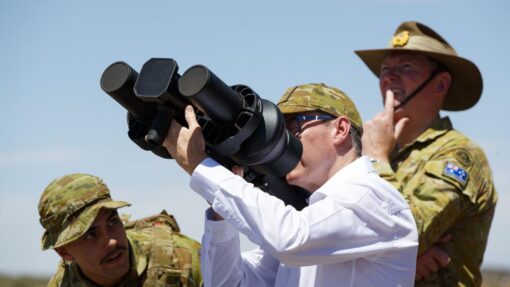Taking the barb out of barbed wire to save wildlife
Richard Dinnen - Queensland Editor |

Every year, thousands of bats and other native creatures die or are horribly injured when they get stuck on Australia’s seemingly endless barbed wire fences.
A new product being trialled in far north Queensland could put an end to that.
It’s barbed wire without the barbs, and it’s being put through its paces on a property at Mission Beach.
Barbs began to be added to wire fences in the American mid-west in the 1860s to contain cattle.
Founder and director of the Tolga Bat Hospital, Jenny Mclean, said the new product is showing promise and she hopes it will be a game-changer.
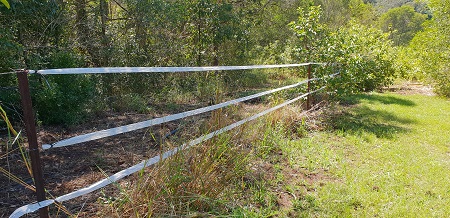
“It’s been developed keeping in mind that we want the cattle people to use the same tools and the same skillsets. We’re not asking them to do anything different.
“This trial fence at Mission Beach has been very successful. It was built as an internal fence that kept the cattle out of a special feeding area.
“It was a fence that they would challenge, and still no cattle got through or got out.”
Jenny has rescued and cared for many thousands of sick and injured bats in far north Queensland since 1990.
At first, she volunteered to care for bats affected by tick paralysis on the Atherton Tablelands.
“I was working full time, and this was just a hobby. Then it just slowly took over my life. I’ve been full time bats since 2003.”
Jenny built the Tolga Bat Hospital and popular visitor centre on her property near Atherton, with support from donors and volunteers.
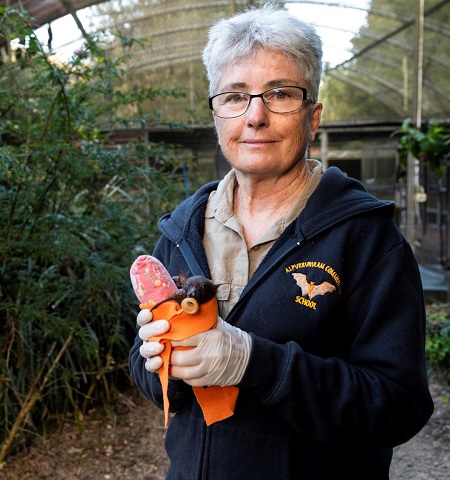
The hospital cares for around 120 bats during the quiet times. In busy periods, there might be a thousand bats in care.
They might be orphans or affected by tick paralysis. But the majority has been injured on barbed wire fences. When that happens in far north Queensland, Jenny and her team get the call.
“We might get 300 off fences between September and December.
“It’s an all year round thing, but it’s very seasonal when the little red flying foxes arrive from Cape York.
“Once their babies learn to fly, they turn up on the Tablelands around September when it’s quite windy and there’s lots of barbed wire around the place, often on ridgelines. They get hammered.
“You only ever have an expectation of getting about 50 per cent back to the wild because they’re too damaged. We’ve got a number in permanent care.
“Quite a proportion of them have horrendous damage, that you just want to euthanise them as soon as you get them off the fence.
“In some cases, you even euthanise them on the fence because you don’t want to put them through the ordeal of taking them off.”
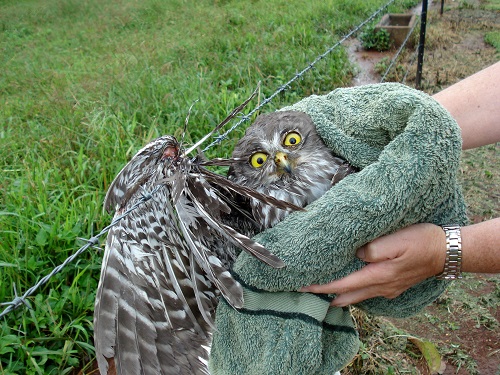
More than 75 Australian species have been identified as victims of barbed wire fences.
Nocturnal animals like bats, gliders, and owls are particularly vulnerable because they don’t see the fence or can’t clear it in windy conditions.
Most animals get caught on the top two strands of the fence, so alternatives that are more visible and without barbs on the top strand are likely to reduce the toll.
Jenny Mclean knows it will be a challenge getting people to care enough about bats to change Australia’s rural fences, but she is going to try.
“They’re very nice animals to work with. The volunteers all get attached to different bats, and they all have different personalities, just like dogs.
“And they’re here for such an important reason. They’re pollinators.
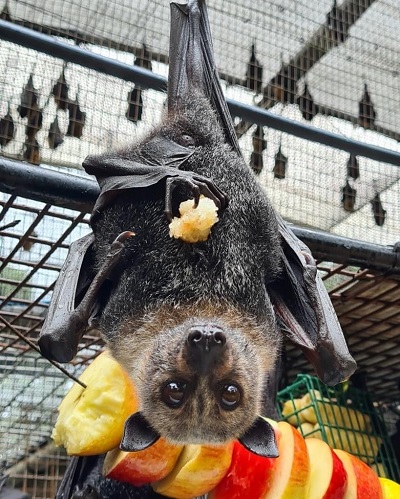
“You wouldn’t have koalas if you didn’t have bats, because the flying foxes are pollinating the trees that the koalas have.
“Everyone thinks that koalas are great, but if they all died out, it wouldn’t make any difference to any eco-system. But if the flying foxes died out, it would make a huge difference.
“If we could get this new wire used as the default for the top strand, that would make a huge difference.
“Ninety per cent of our barbed wire bats would be gone, and we’d just have the odd ones that get caught on the second or third strand.”


